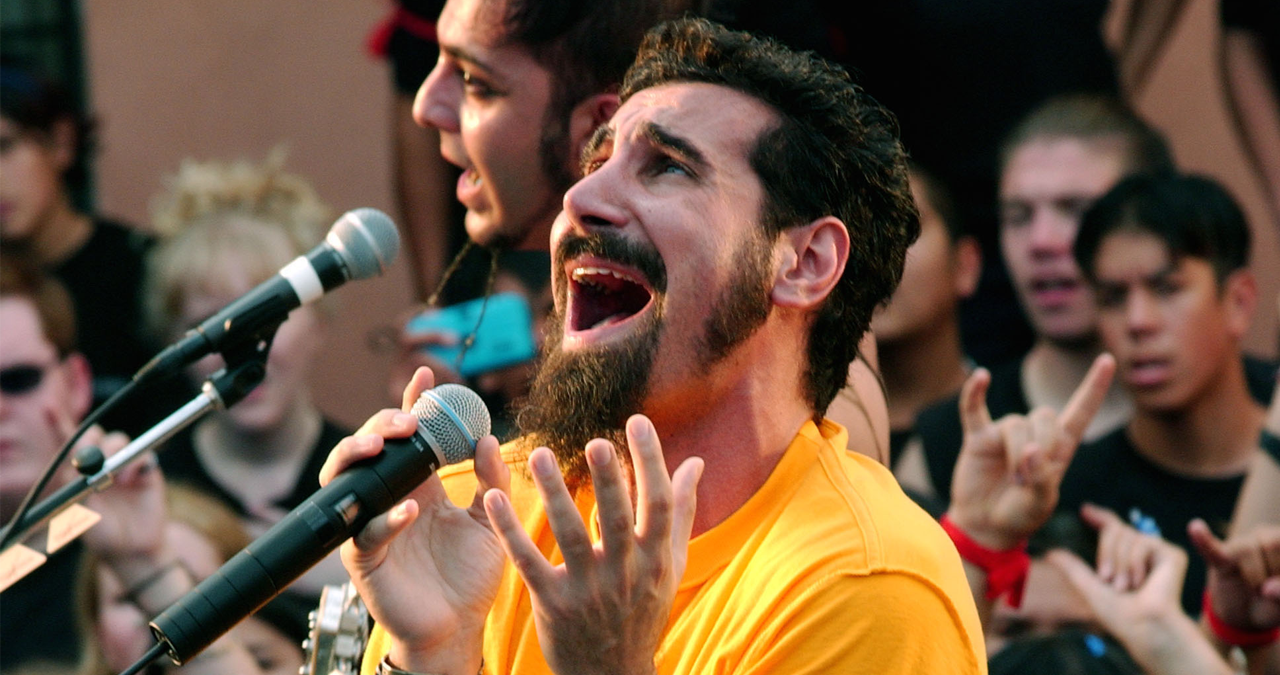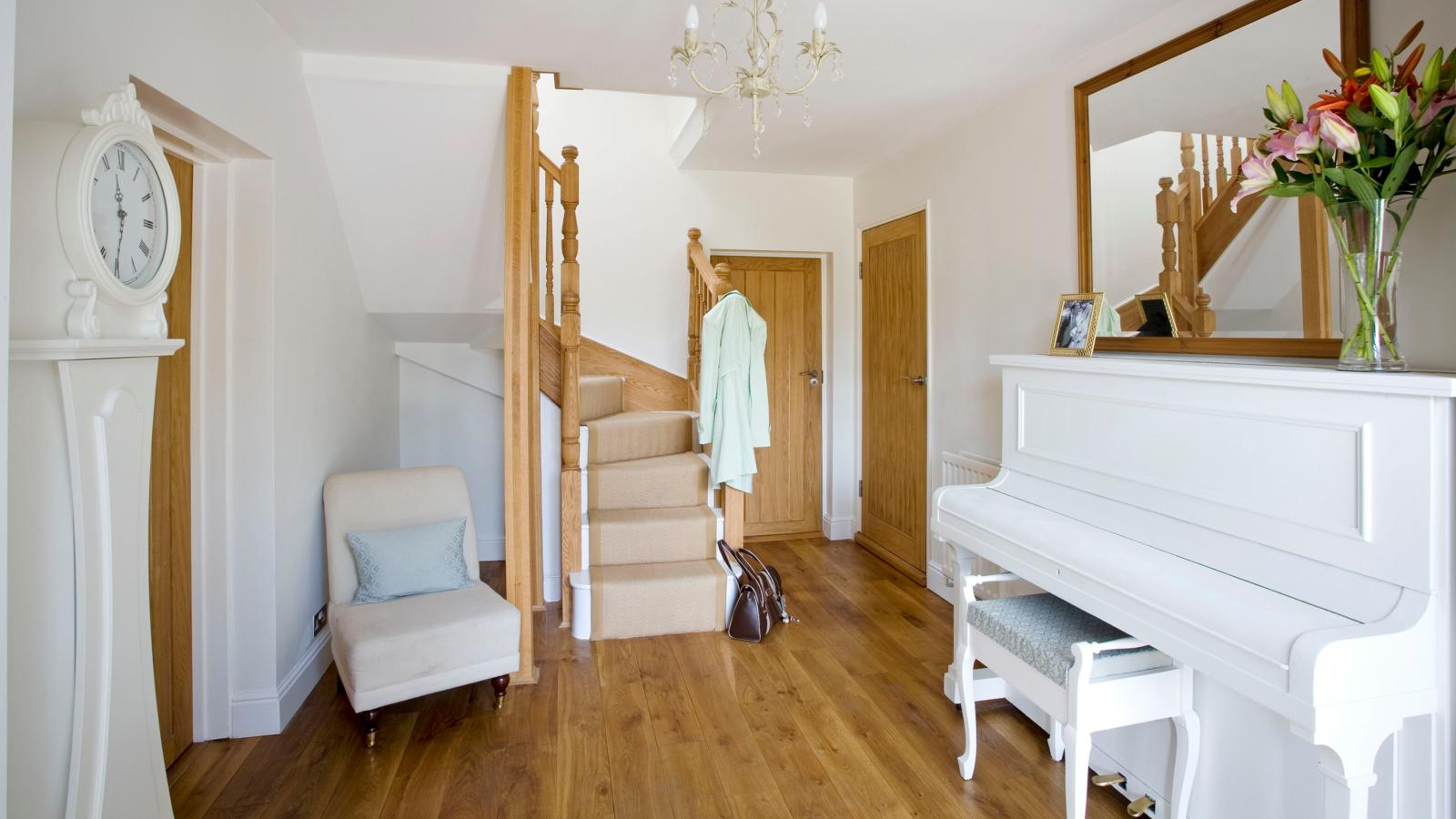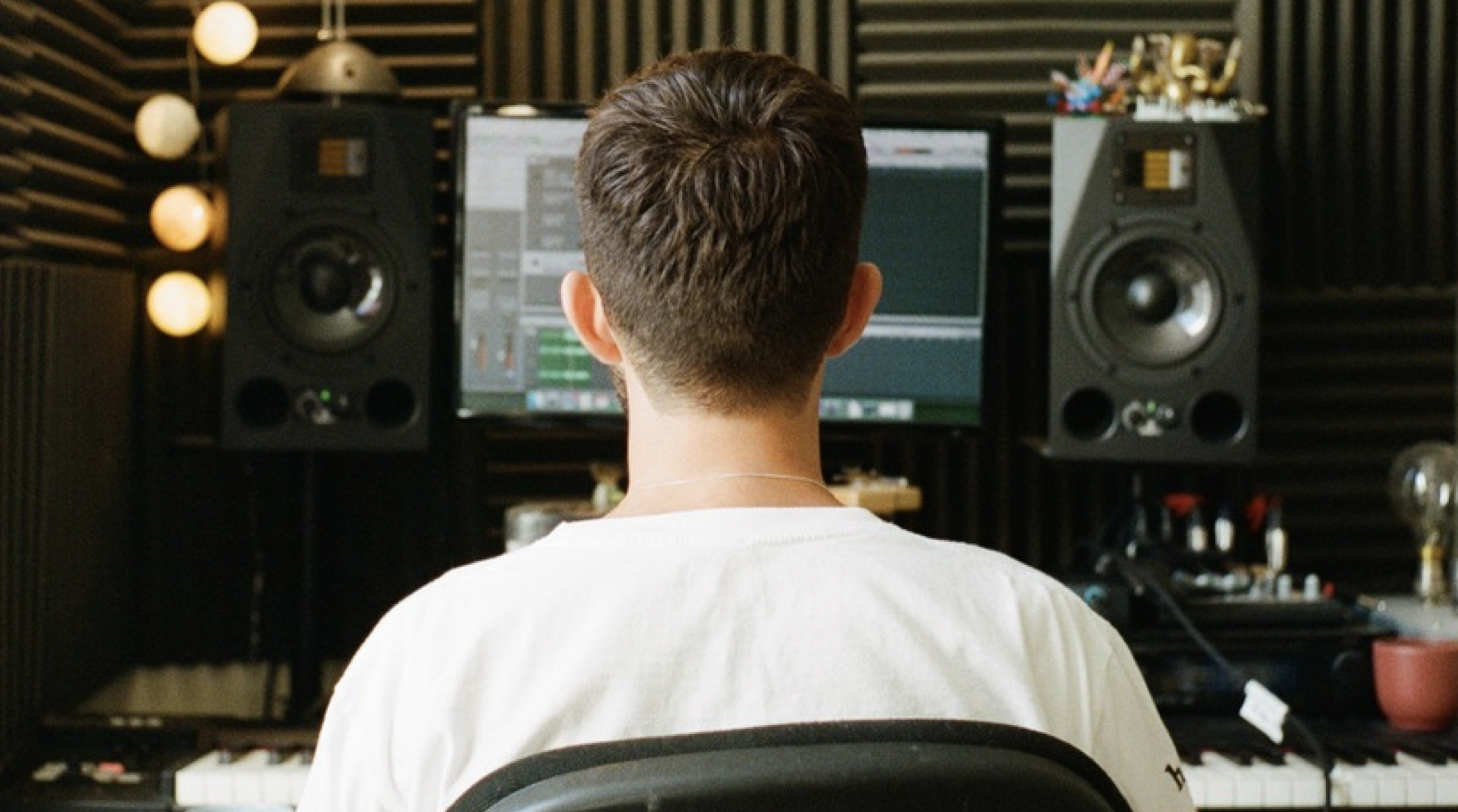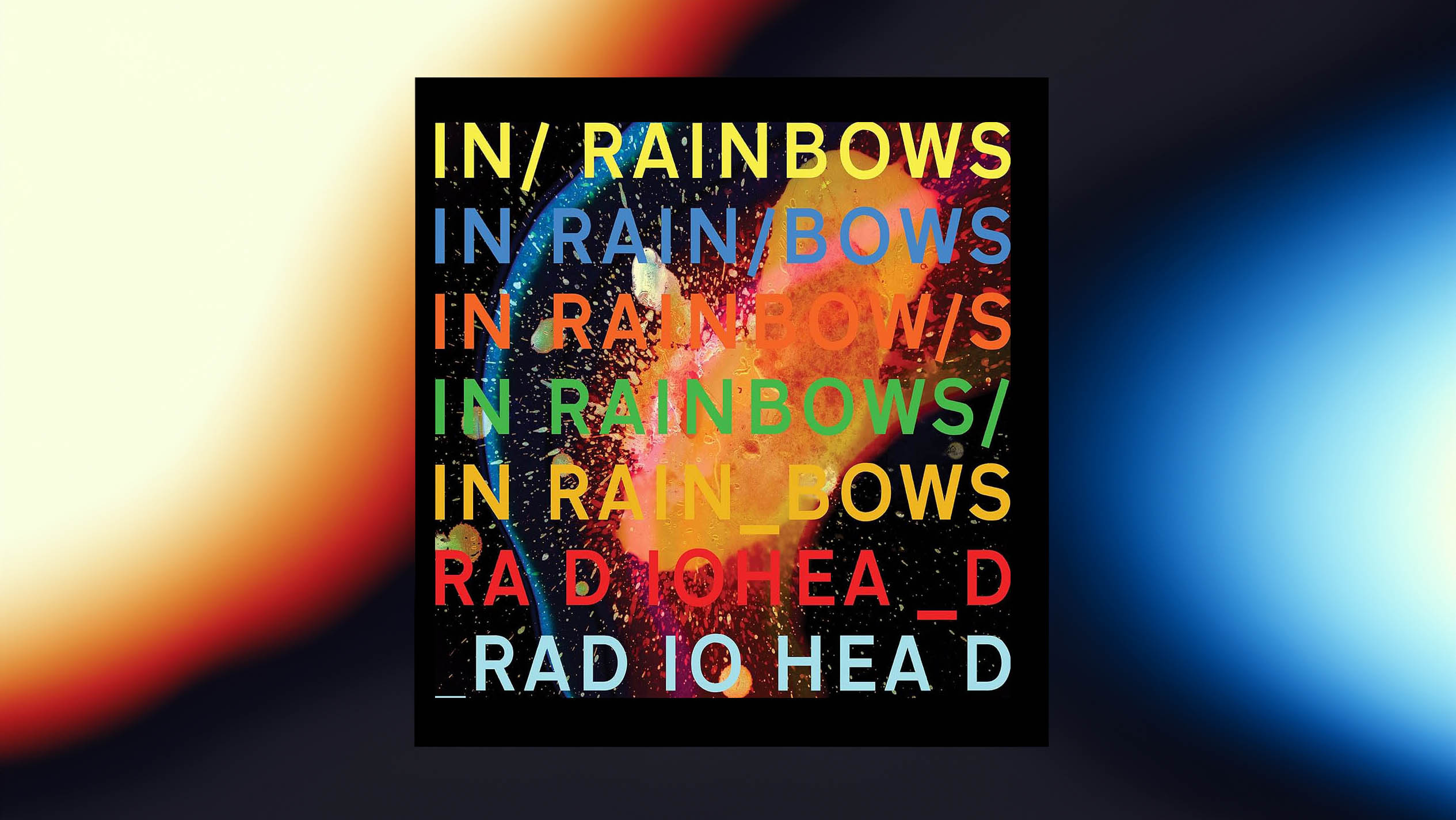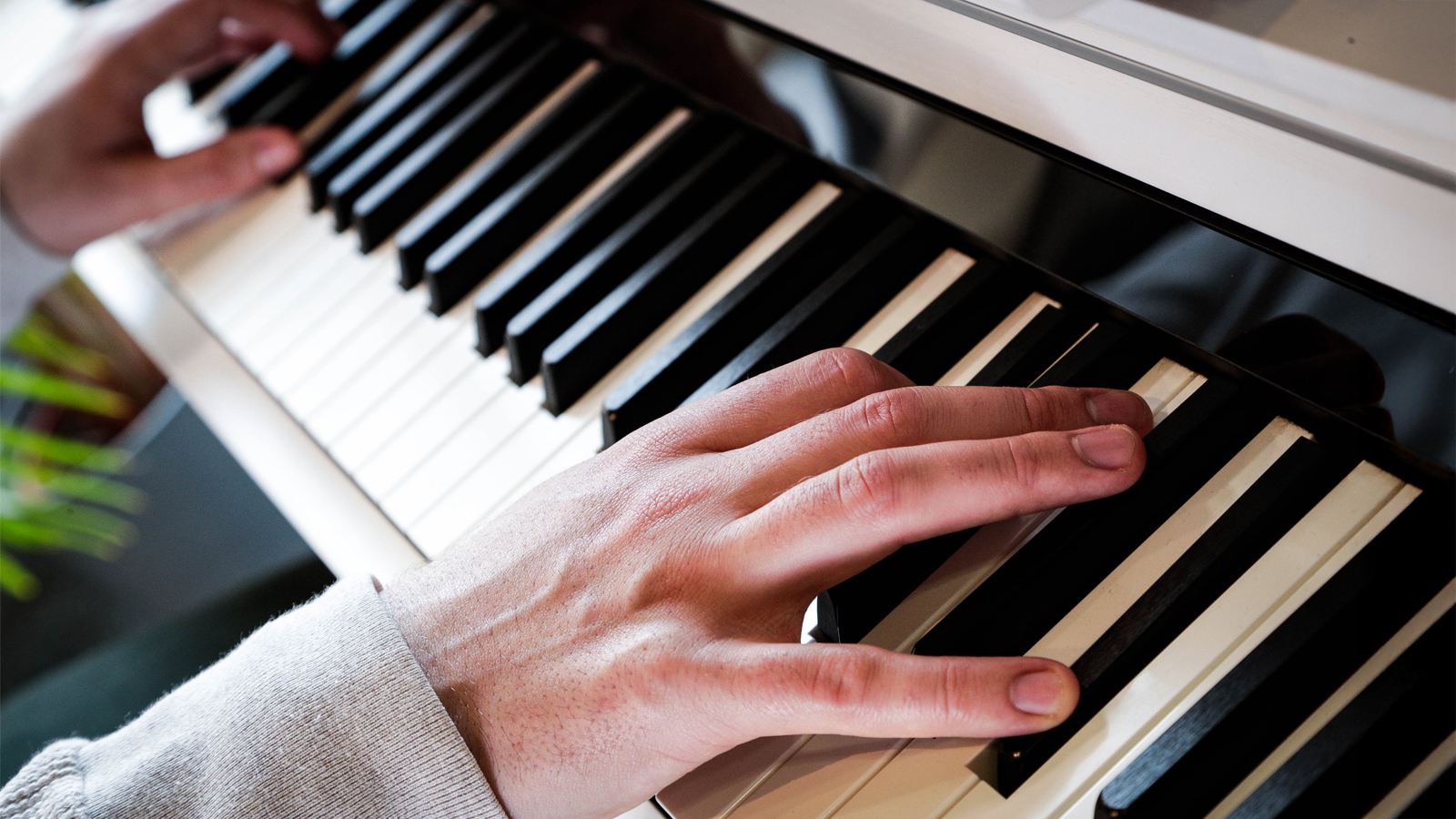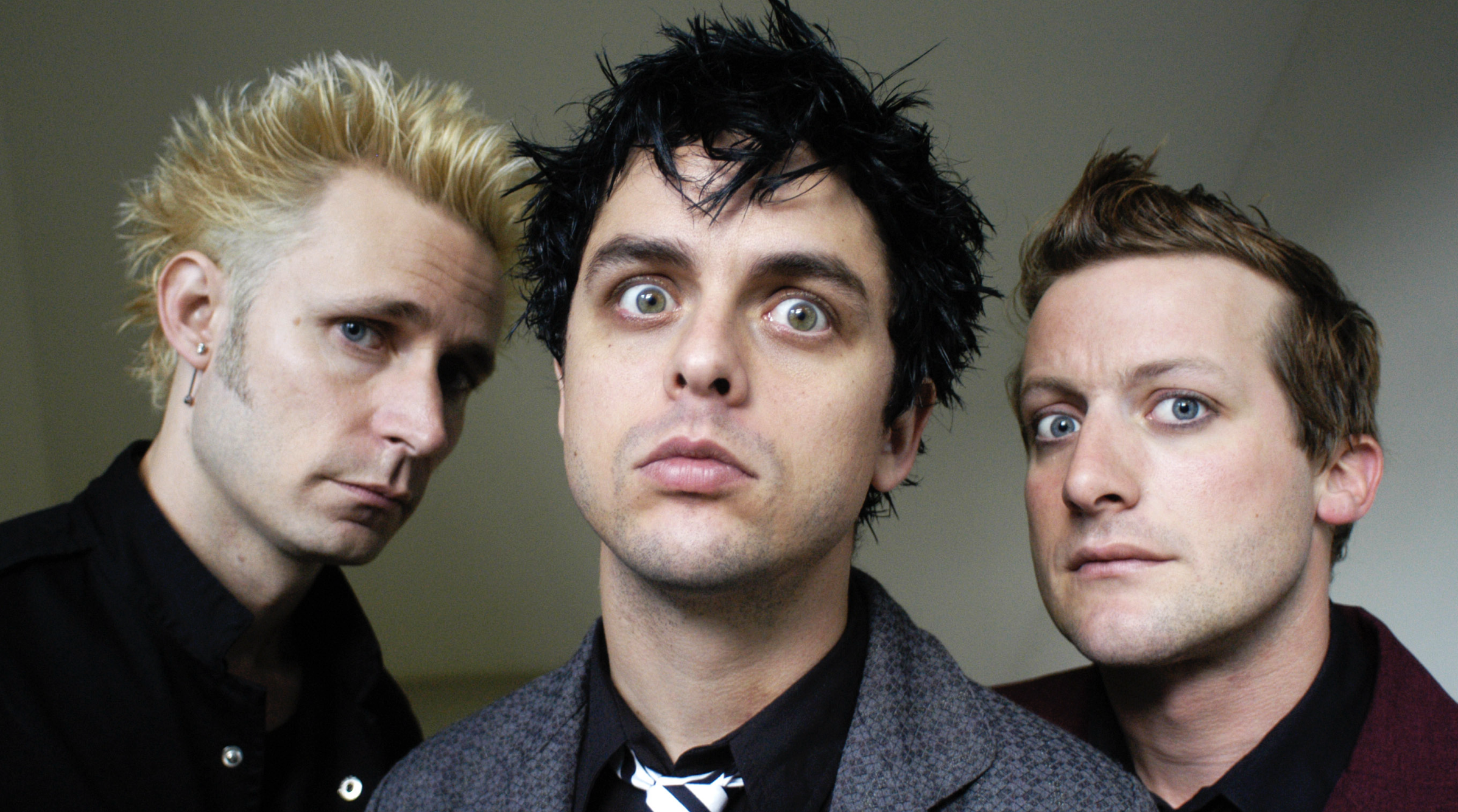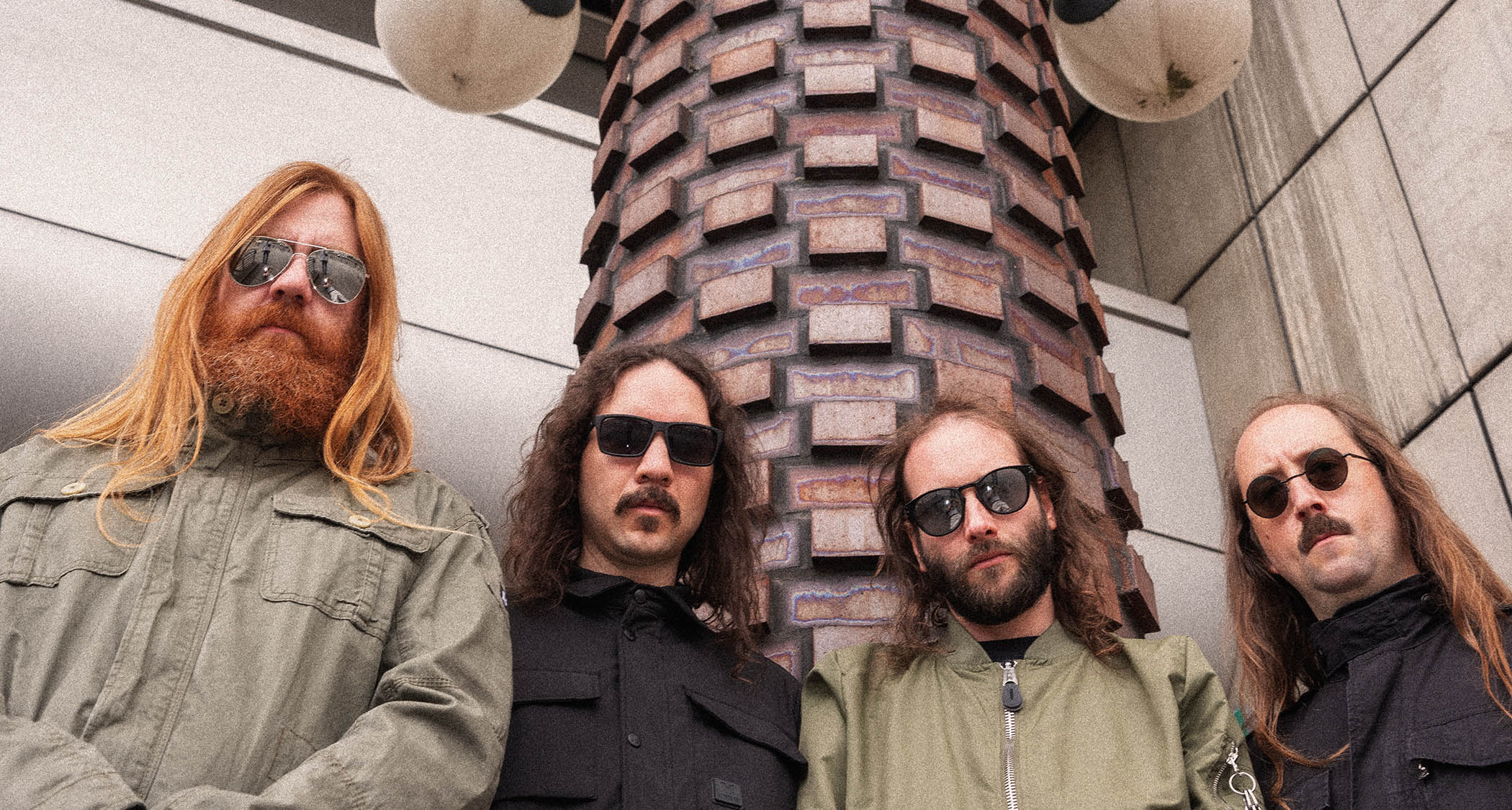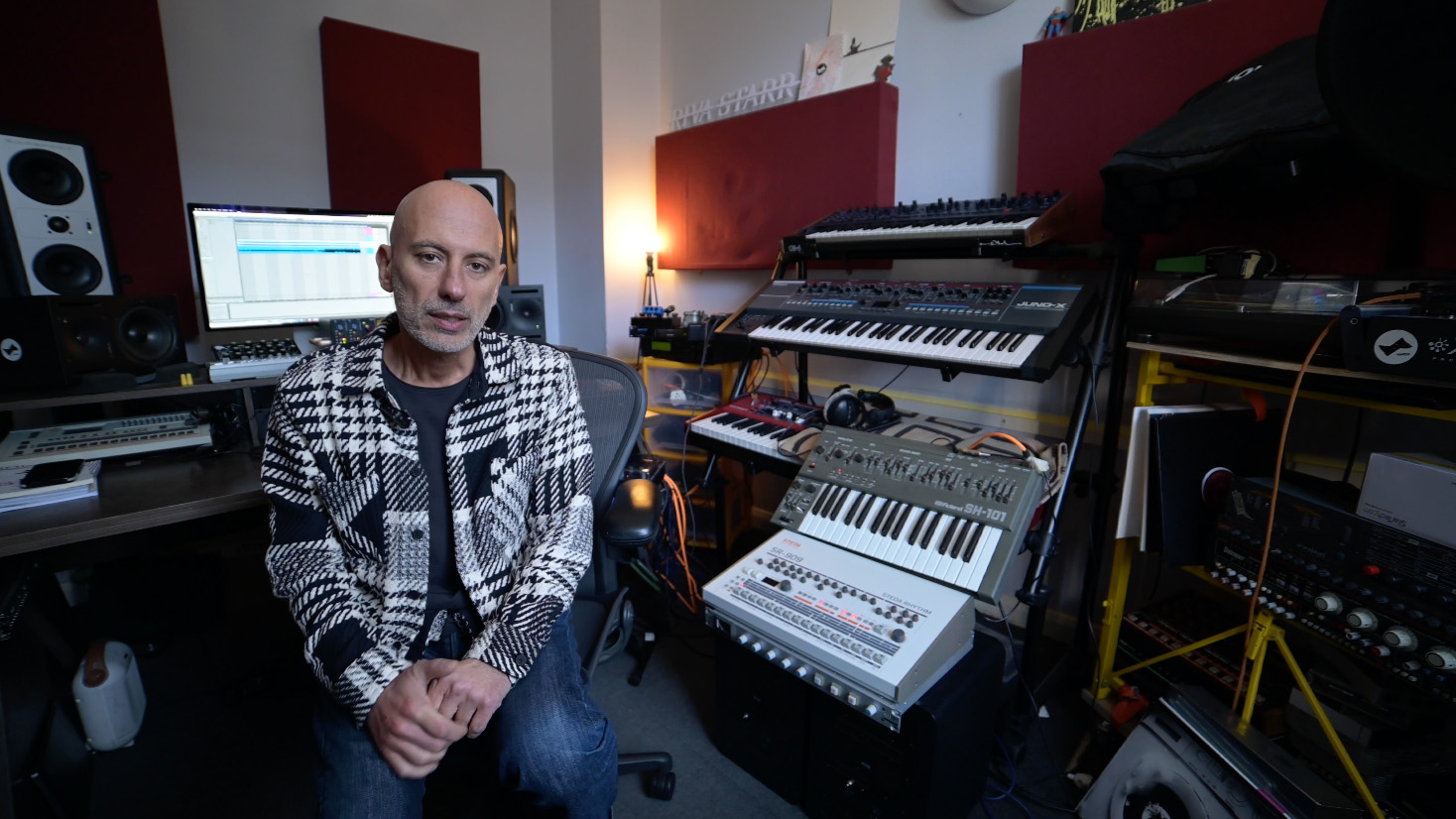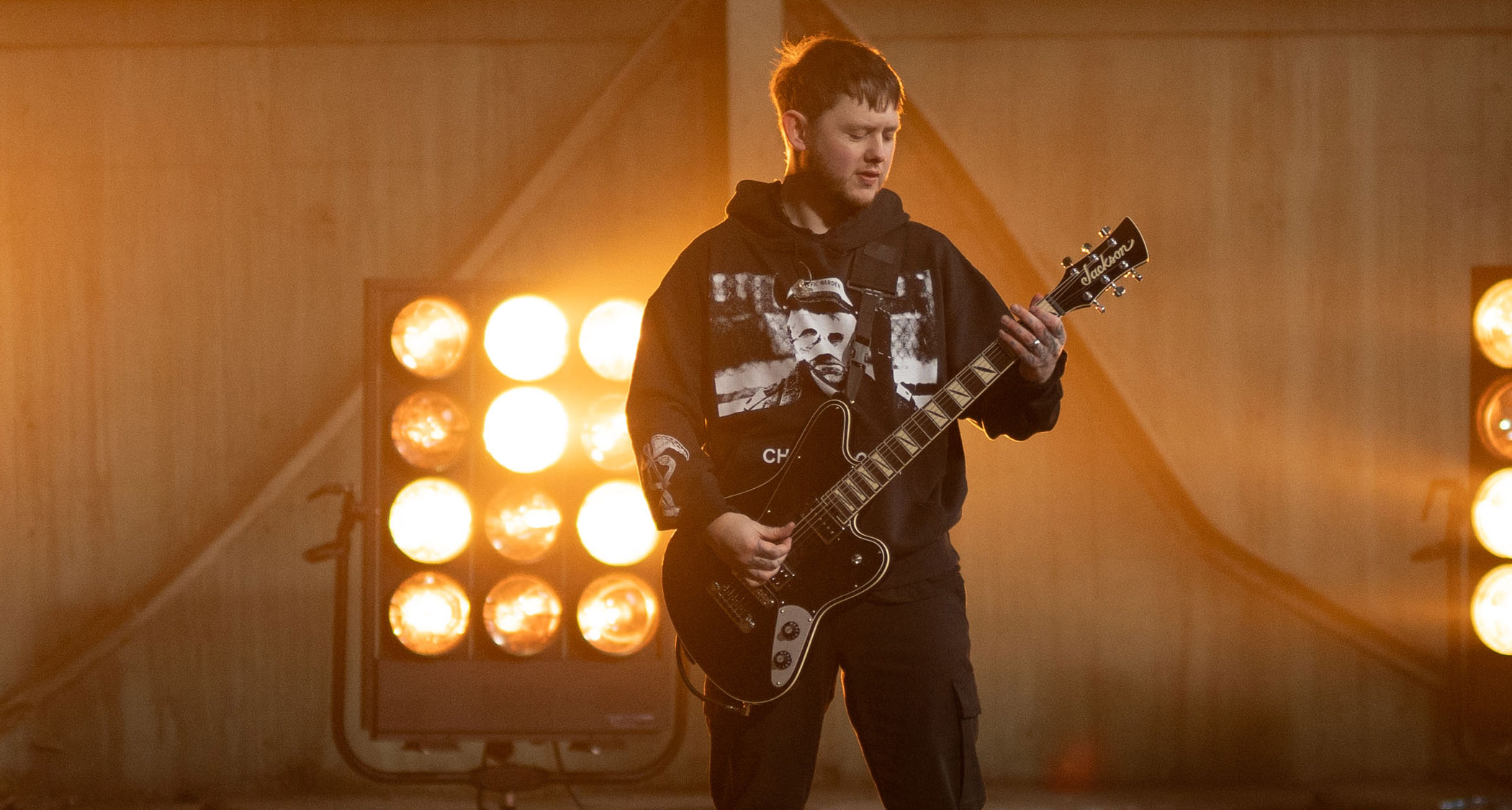“Would you believe that an artist is actually singing on stage if you hear them behind you? No, it would sound like a joke”: The challenges of live immersive audio with Nitin Sawhney and Polygon Live
In the studio as the Ivor Novello awarded producer prepares for the UK's biggest spatial audio festival
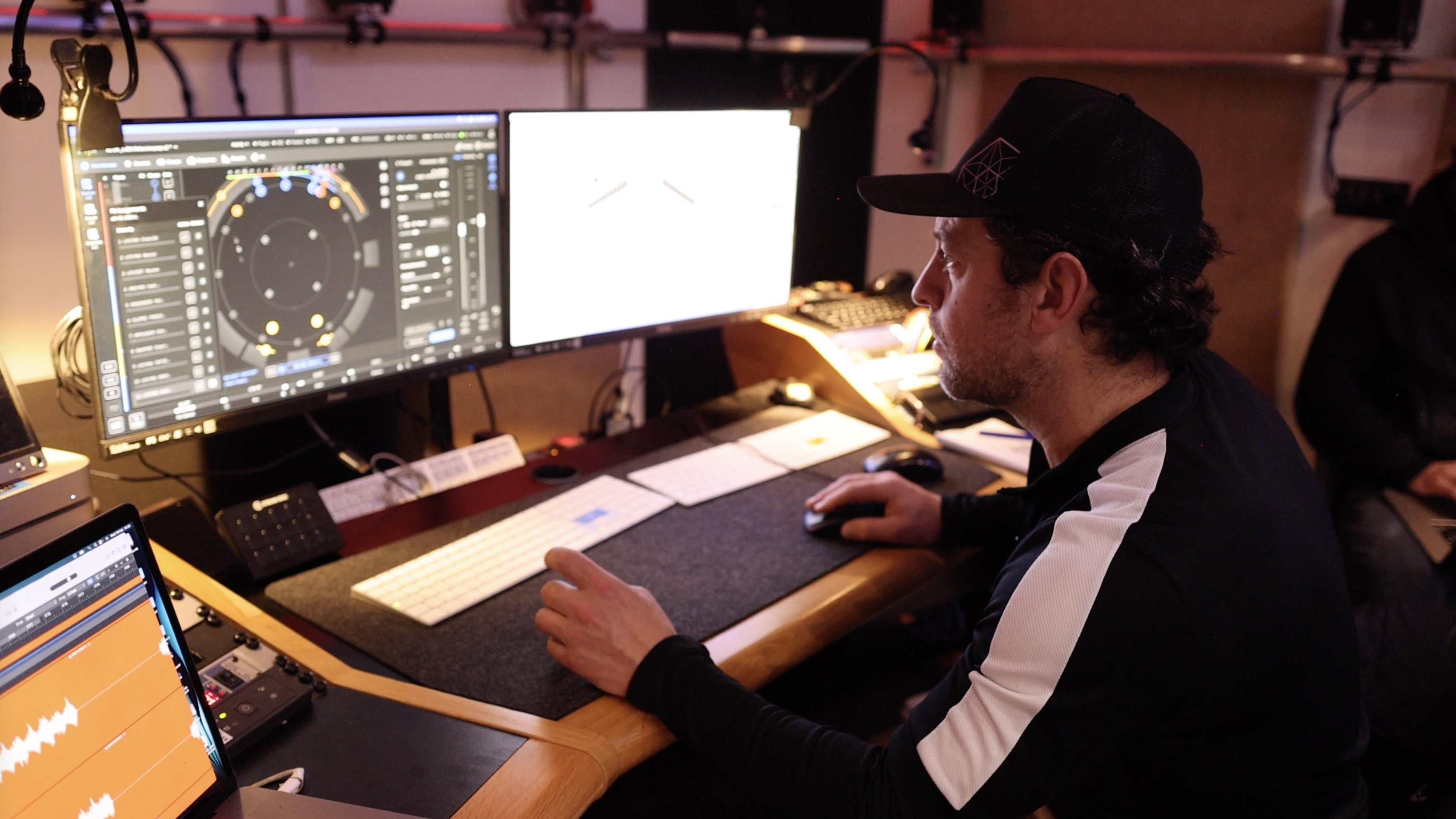
Immersive audio is one of the hottest topics in music production right now, but we generally talk about it in the context of home listening or cinema.
Immersive – or spatial – audio can create the effect of placing the listener in an imagined space, with elements of a mix arranged anywhere in a 360 degree range around the listener in a way that’s not possible with traditional stereo mixes. But can that approach be applied to the more expansive and less controllable realm of live music?

Polygon Productions believes so. This May, the company is hosting the inaugural Polygon Live festival at London’s Crystal Palace Park, billed as ‘the largest outdoor 360 degree spatial audio event ever to hit the UK’, the event boasts an impressive line-up across three days that spans genres from Saharan rock collective Tinariwen and Pakistani-American folk musician Arooj Aftab through to electronic artists such as Jon Hopkins, Max Cooper and Kiasmos.
The concept of Polygon Live is built on smaller events the company has previously held in Thailand, Singapore and Saudi Arabia.
“Our first venture was in 2017, when we did a full 360 stage at Wonderfruit festival in Thailand,” explains Polygon founder and CEO Nico Elliott. “The feedback we had at that event was so overwhelming that we decided to form a company around spatial audio in 2018.”
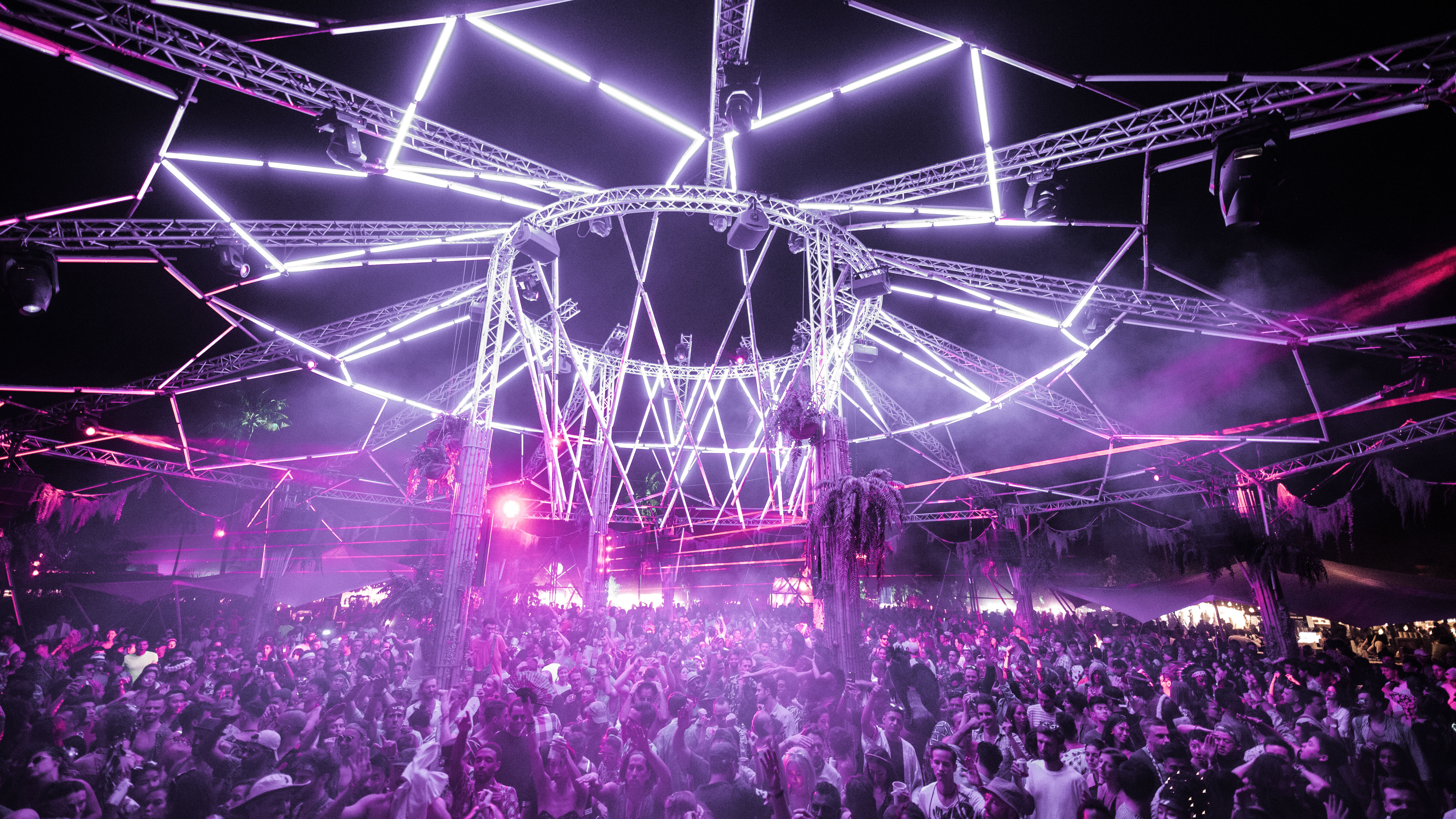
From a practical point of view, that 360 degrees stage involves placing speakers in 12 positions in a circle around the audience, with several speakers placed above the crowd to create an effect that Elliott describes as the audience being “inside the music”.
The mix of audio coming from each performer is mapped onto this speaker system using the L-ISA spatial audio processor from L-Acoustics. That audio setup is complimented by a rig of LED pixel tubes placed around the stage, which allow for video content to be projected around the audience.
Get the MusicRadar Newsletter
Want all the hottest music and gear news, reviews, deals, features and more, direct to your inbox? Sign up here.
It’s an ambitious concept, and one which requires a certain level of buy-in from artists willing to embrace the concept of an immersive performance.
“We've done two different types of performances,” Elliott explains. “Most of our performances are done where the stage is adjacent to the circle, so not inside the circle. We've done a couple of performances where we put the performer right in the middle of the circle.
“Performers love being in the middle,” he continues, “but it's sometimes more challenging to deliver a performance that way, especially if there are live musicians using microphones and challenges of feedback.
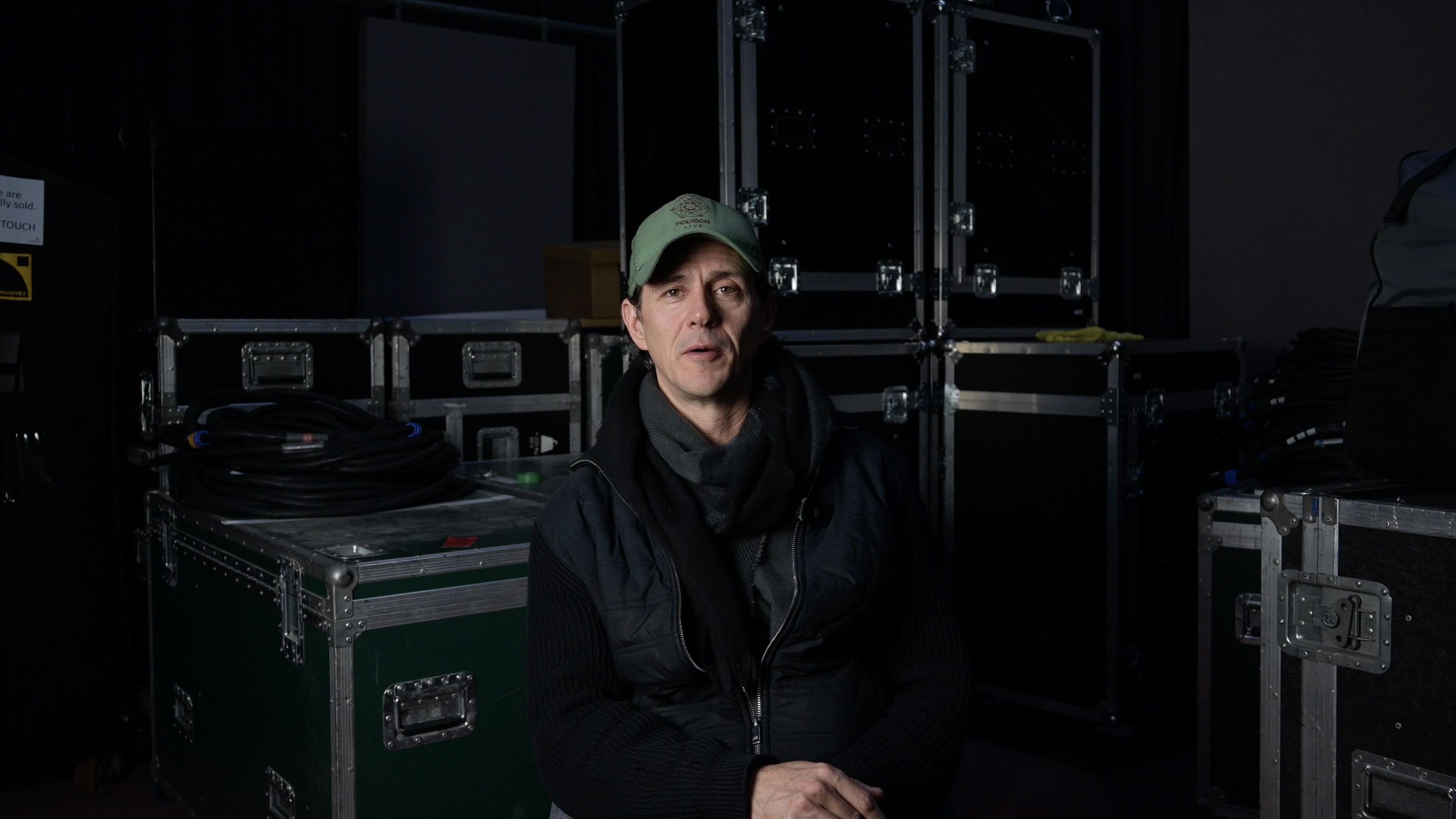
“There are different ways of incorporating people into that experience, but we've done a very successful job of having the stage on the edge of the circle, and also providing the artist with an immersive monitoring position so they can also experience what it's like for the audience on the dancefloor.”
Making an event based around immersive audio tech requires carefully selecting a lineup of artists happy to embrace both the concept and the preparation required.
“We've considered in great detail the kind of artists for Polygon Live in London,” Elliott says. “The first day is created around the concept of world music – bands and musicians who would lend themselves well to performing in the spatial audio format.
“We’ve also selected artists who are willing to come into a studio and work with our engineers to rethink their performance for spatial audio, and often adapt their performances to suit that environment.
"Obviously, with so many speakers and so much space, there's an extraordinary ability to position sounds within that space that may sound cluttered when coming out of two sets of speakers.”
Typically, the Polygon team are aiming to spend a day in the studio with each of the artists performing at the festival, with the aim of optimising their live show for the 360 format.
“There's been a lot of talk of how we're going to pre-plan what we're doing. It's really about making sure that we're prepared for everything that's going to happen on the day,” Ivor Novello-winning producer and composer Nitin Sawhney tells us, discussing preparations for his set on the festival’s opening night.
“The band itself and the music is quite dynamic. It's kind of eclectic, it's uplifting,” he says. “It's got lots of different aspects to it that are quite unpredictable. It's about making the most of the surprises within the sounds and the music, but at the same time working with the narrative structure of the music and of the journey of the set.”
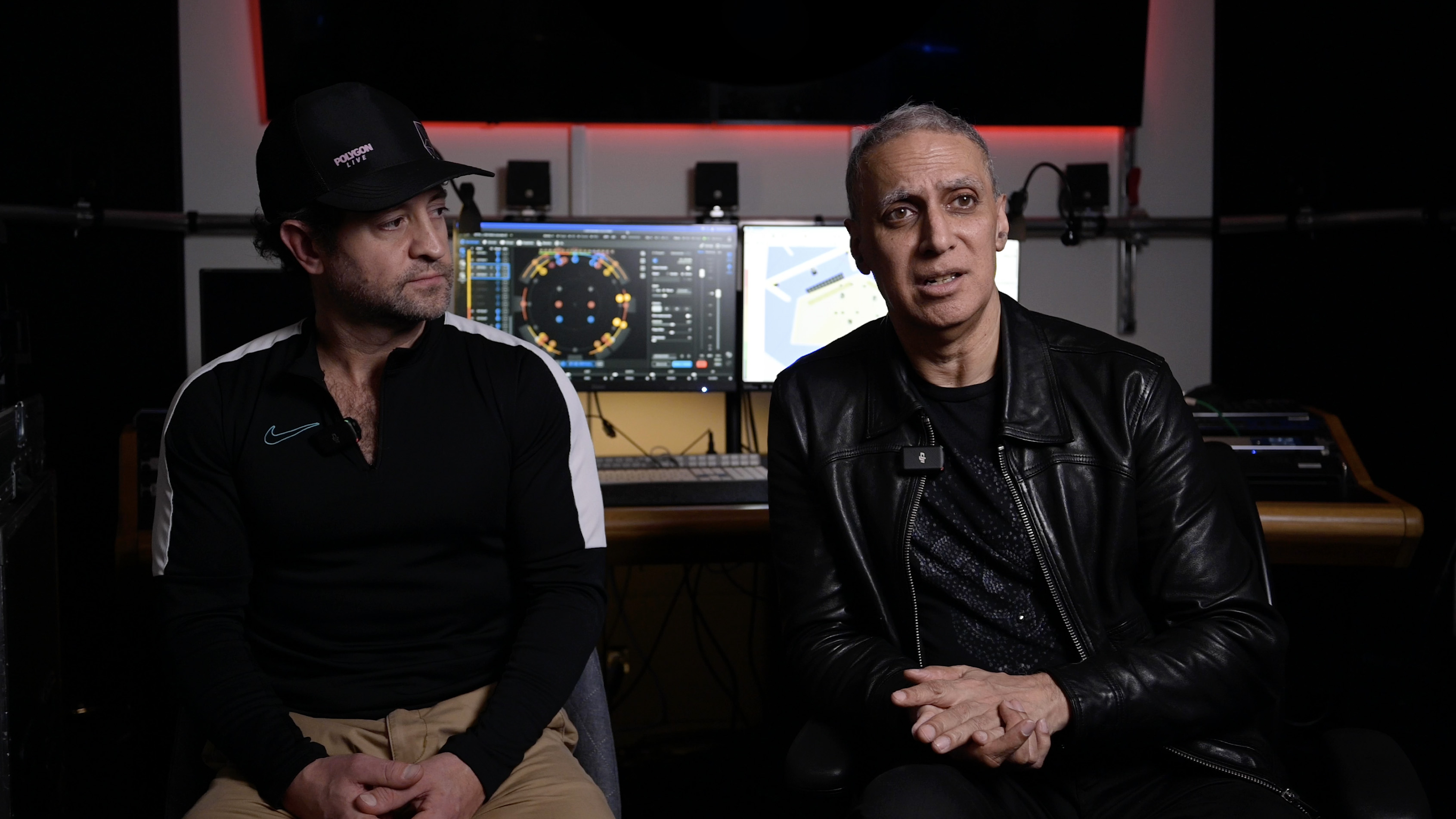
We meet Sawhney at London’s Delta Live studios at the end of a day’s session with Polygon spatial audio producer Davey Williamson, who is working with artists ahead of the festival.
“The danger is, if you make the wrong creative choices for spatialising sound, you can distract the audience. You can take them away from what's important,” Williamson explains, on the need to prepare for an immersive live set.
“There are challenges associated with the 360 event in just the amount of technology involved, and the complicated nature of that technology,” Elliott adds. “The aim is to ensure that artists are comfortable performing in what is still quite a new way to deliver their music. that they perhaps haven't had that experience with.”
The way that the immersive setup is applied to each artist isn’t a simple one-size-fits-all, and varies depending on the types and amounts of musicians on stage.
“With Nitin Sawhney, there’s a plethora of musicians on stage,” Williamson continues. “We'll be using some backing tracks and some surround sound reverbs and delay effects to make the audience feel like they're surrounded and within the sound.”
A lot of thought goes into how each musical element is placed in the 360 space. As Williamson explains, only certain sounds can be placed behind or above the audience without feeling unnatural.
“When you have someone on stage, it's like with a film, you have the suspension of disbelief – do we believe that an artist is actually singing on stage if you hear them behind you? No, it would sound kind of fake, like a joke. But there could be an immersive reverb, or some delays – an echo that literally goes across the room. There's lots of things that you can do.”
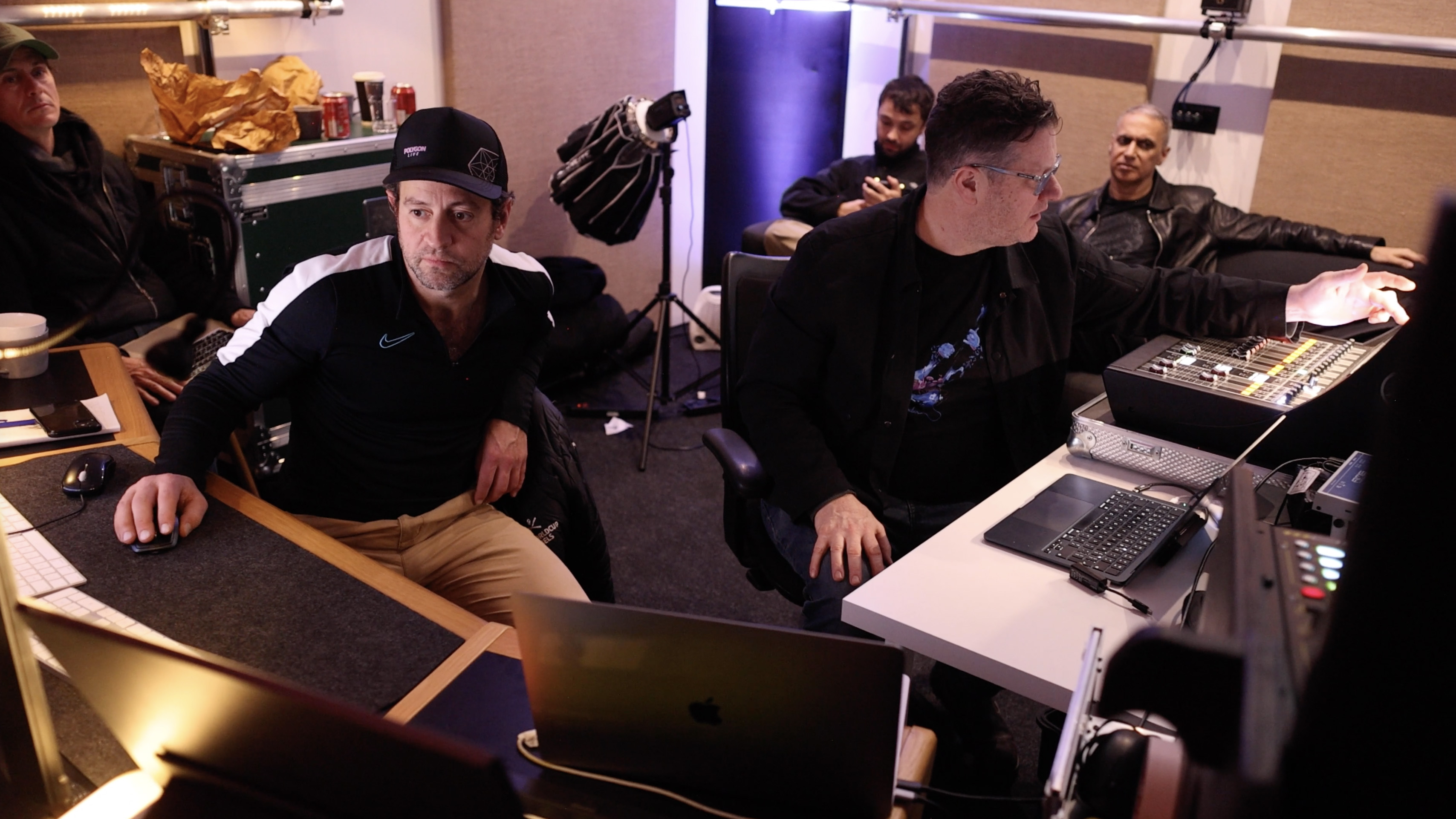
While immersive audio is a fairly new concept for some of the acts set to perform at Polygon Live, others such as Nitin Sawhney have experience working it into their live sets and studio recordings.
“We've used spatial audio before,” Sawhney tells us. “David McEwen [Sawhney’s regular live sound engineer] is an expert in working in that way. He's very open to how that works. We’ve used it in places like the Royal Albert Hall.
“Obviously, I've done that with film scoring and with albums as well,” Sawhney continues. “I've been introduced to the idea of how you work with spatial audio several times. Not only with Dolby Atmos, but also a while ago, I curated a short season at Stanford University where they showed me a whole kind of different methodology of how they use an amazing speaker system and an array of speakers from above and below, so that you were constantly engulfed in sound from different angles.”
Immersive sound certainly offers some interesting and unique concepts, particularly in the realm of live performance. Given the specialist technology involved, and the need for additional preparation, it’s debatable how scalable the concept of live immersive audio is right now.
“We think it's a really interesting way to listen to music. It's a really different way to appreciate the artists that people love,” Elliott says. “I think there's space for so many more players to come into the spatial audio sphere.”
Interestingly, Elliott cites a number of benefits to experiencing live audio in an immersive space that go beyond the simple novelty of hearing sound coming from all around you.
“We really love the way that the experience of being in the round ensures that the volume levels of the audio don't have to be so high,” he explains, “which is a really pleasant way to experience music. You can actually speak to people you're with on a dance floor and you leave that event without any issues with ears ringing.”
Polygon Productions certainly seem to believe there’s scope for wider adoption across the industry, and aim to be at the forefront of that.
“With the Dolby Atmos experience in cinemas, and with the increase in that format being available for people's homes, I think it's going to expand rapidly in both the personal setting and the public setting,” Elliott says.
Polygon Live takes place at London’s Crystal Palace Park from 2-4 May. Find out more at the official site.
I'm the Managing Editor of Music Technology at MusicRadar and former Editor-in-Chief of Future Music, Computer Music and Electronic Musician. I've been messing around with music tech in various forms for over two decades. I've also spent the last 10 years forgetting how to play guitar. Find me in the chillout room at raves complaining that it's past my bedtime.
You must confirm your public display name before commenting
Please logout and then login again, you will then be prompted to enter your display name.
“The most musical, unique and dynamic distortion effects I’ve ever used”: Linkin Park reveal the secret weapon behind their From Zero guitar tone – and it was designed by former Poison guitarist Blues Saraceno’s dad
“Nope, it’s real”: Jack Black and Keanu Reeves both confirmed for upcoming Weezer movie
